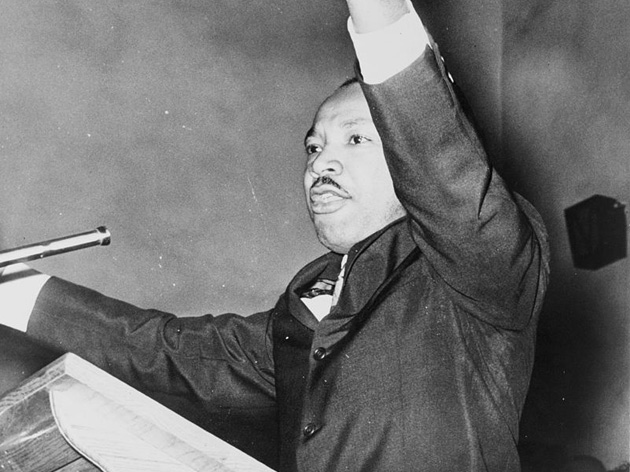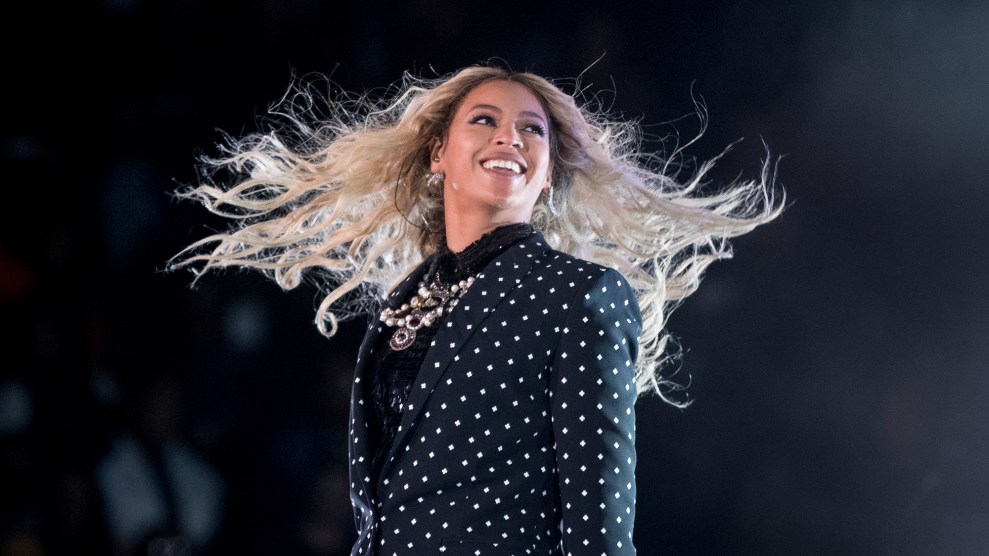During last night’s Super Bowl, Dodge aired a commercial that used an excerpt of a powerful Martin Luther King Jr. speech over images of working Americans to, you know, sell trucks.
Within hours, Current Affairs, a politics magazine, reedited the video overlaid with a different excerpt from the same speech.
“We are so often taken by advertisers,” King says. “Those gentlemen of massive verbal persuasion. And they have a way of saying things to you that kind of get you in a bind.”
OMG someone overlayed that ridiculous Dodge/MLK ad with what King actually said about capitalism and car commercials pic.twitter.com/9IB528mCyt
— Astead (@AsteadWesley) February 5, 2018
The Twitter outrage has Dodge irked. “You get so crucified, so fast,” Susan Credle, chief creative officer of FCB, told the New York Times. In a statement to the Times, Dodge said that it “worked closely with the representatives of the Martin Luther King Jr. estate to receive the necessary approvals.”
By the morning, YouTube had taken down the Current Affairs video at Chrysler’s request.
Interestingly, King’s speech is not in the public domain, and Chrysler had to license it from the King estate, which, somewhat controversially, keeps a tight grip on MLK’s words and images. “Critics, including civil rights icon Julian Bond,” former Mother Jones editor Lauren Williams wrote in 2013, “bristle over the fact that “I Have a Dream” is kept under strict watch in the name of controlling King’s image at the same time it’s licensed by rich companies for use in TV commercials.”
Indeed, this is not even the first time they’ve been licensed to sell cars.
Jennifer Jenkins, director of the Center for the Study of the Public Domain at Duke University’s School of Law, says she respects the right of King’s family to maintain their father’s legacy. “[But] EMI Publishing—they have a raison d’être, which is to exploit copyrighted works,” she says. “And that goal may be somewhat at odds with what King would have wanted people to do with his speech.”
The King Center and Bernice King both distanced themselves from the ad, which was agreed to by Intellectual Properties Management, a licensing business set up by the King estate.
Neither @TheKingCenter nor @BerniceKing is the entity that approves the use of #MLK’s words or imagery for use in merchandise, entertainment (movies, music, artwork, etc) or advertisement, including tonight’s @Dodge #SuperBowl commercial.
— The King Center (@TheKingCenter) February 5, 2018
Read the rest of Mother Jones‘ 2013 story on the rights to MLK’s speeches here.
















